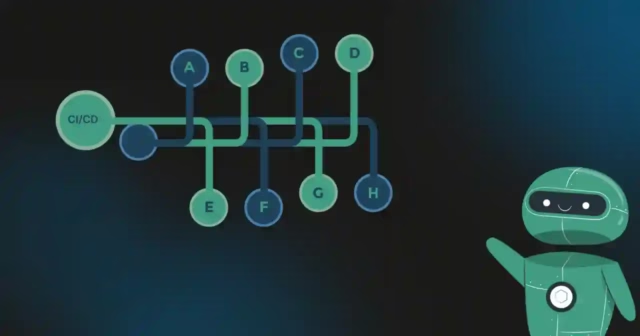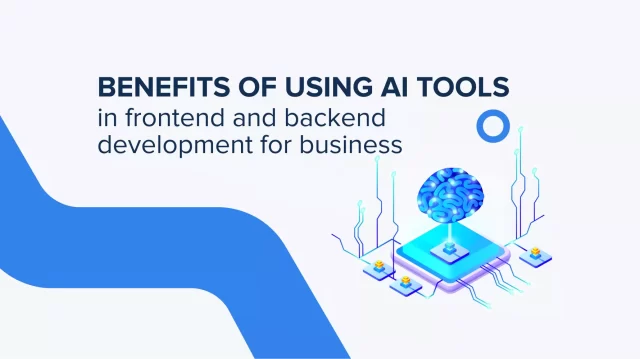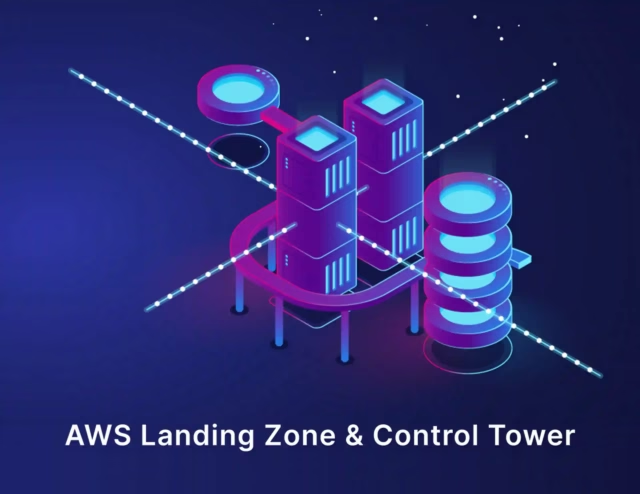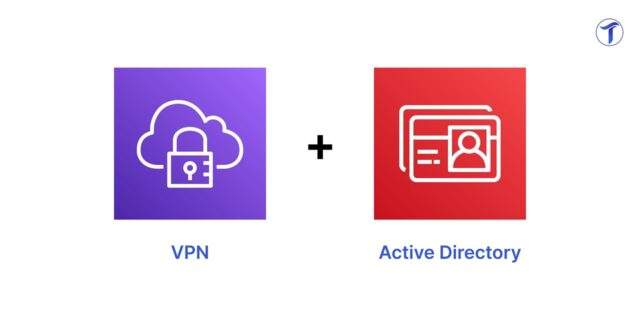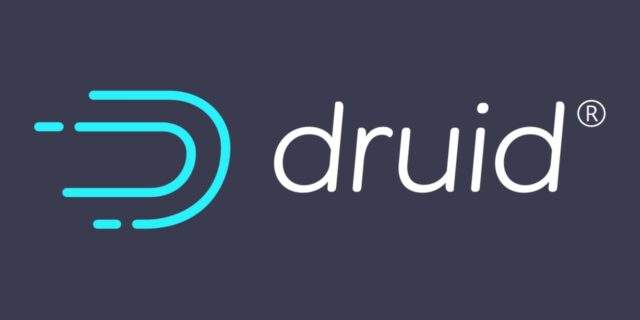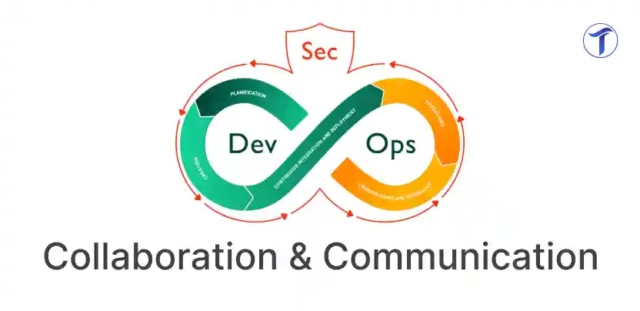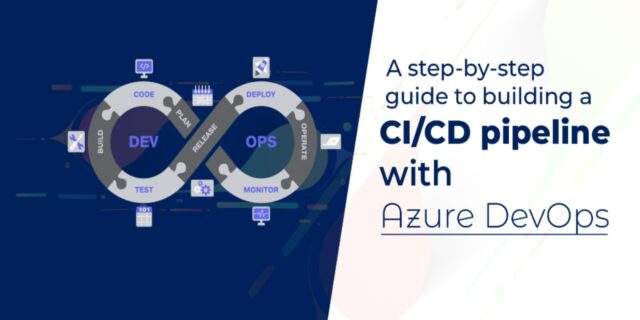Blogs
Globally incubate standards compliant channels before scalable benefits. Quickly disseminate superior deliverables whereas web-enabled applications. Quickly drive clicks-and-mortar catalysts for change before vertical architectures.

The Future of DevSecOps: How AI is Enhancing Security in Software Development
Introduction In today’s fast-paced software development landscape, security can no longer be an afterthought. DevSecOps (Development, Security, and Operations) integrates security into every phase of the software development lifecycle (SDLC), ensuring that applications are secure by design. However, traditional security practices often struggle to keep up with rapid development cycles, leading to vulnerabilities and compliance...
AI in DevOps: How AI is Revolutionizing CI/CD Pipelines
Introduction In modern software development, Continuous Integration (CI) and Continuous Deployment (CD) have become crucial for automating builds, testing, and deployments. However, traditional CI/CD pipelines often suffer from inefficiencies like slow builds, flaky tests, security vulnerabilities, and manual interventions. With the integration of Artificial Intelligence (AI) and Machine Learning (ML), DevOps teams can optimize their...
Building Smarter Web Applications with AI and Machine Learning
Introduction Web applications have evolved significantly with the integration of Artificial Intelligence (AI) and Machine Learning (ML). AI-powered web apps provide personalized experiences, automation, predictive analytics, and intelligent decision-making. From chatbots and recommendation systems to fraud detection and image recognition, AI is reshaping how web applications function. This blog will explore how AI and ML...
AI-Powered Web Development: How AI is Automating Frontend and Backend Development
Introduction Web development is evolving rapidly, and Artificial Intelligence (AI) is at the forefront of this transformation. AI-powered tools and automation are revolutionizing both frontend and backend development, making web applications more efficient, scalable, and personalized. From automated code generation and AI-powered UI/UX design to intelligent backend management and security monitoring, AI is reducing the...
Top Mobile App Development Trends in 2025: AI, 5G, and Beyond
Introduction The mobile app development landscape is evolving rapidly, with AI, 5G, blockchain, AR/VR, and edge computing shaping the future. In 2025, mobile applications will be smarter, faster, and more immersive, providing users with hyper-personalized experiences and seamless connectivity. From AI-driven chatbots and real-time video streaming with 5G to blockchain-based security and AR-powered shopping experiences,...
AI in Mobile Apps: How Machine Learning is Transforming User Experience
Introduction Artificial Intelligence (AI) and Machine Learning (ML) are revolutionizing the mobile app industry, making applications smarter, faster, and more personalized. From voice assistants and predictive text to real-time language translation and AI-powered recommendations, machine learning is enhancing the way users interact with mobile apps. With GPT-4 and beyond, AI-driven mobile applications are providing hyper-personalized...
Best Practices for Building AI Chatbots That Feel More Human
Introduction AI chatbots have transformed customer interactions, business automation, and digital experiences. However, many chatbots still feel robotic, impersonal, or frustrating due to a lack of emotional intelligence, contextual understanding, and natural conversation flow. The key to success is making chatbots feel more human-like by enhancing their ability to understand emotions, adapt responses, and engage...
How Chatbots are Evolving with GPT-4 and Beyond
How Chatbots are Evolving with GPT-4 and Beyond Introduction Chatbots have transformed the way businesses and individuals interact with technology. From simple rule-based bots to advanced AI-driven conversational agents, the evolution of chatbots has been remarkable. With the advent of GPT-4, chatbots have reached unprecedented levels of intelligence, fluency, and contextual understanding. But what’s next?...
Configuring Zabbix for Endpoint Monitoring on an Endpoint
In this blog post, I’ll walk you through the steps to set up Zabbix for endpoint monitoring. Zabbix is an open-source monitoring solution that helps in tracking network and application performance, and it’s ideal for monitoring endpoint servers. We’ll be hosting it inside an AWS EC2 instance, configuring the installation, and then setting up monitoring...
AWS Landing Zone & AWS Control Tower: A Complete Guide
Introduction As organizations migrate to the cloud, managing multiple AWS accounts and ensuring consistent governance and security can become a complex task. AWS provides tools like AWS Landing Zone and AWS Control Tower to simplify the process of setting up a secure and scalable multi-account AWS environment. This blog explores both solutions, comparing their features,...
Mastering Service Mesh in Kubernetes: Enhancing Microservices Communication 🚀
Introduction Kubernetes has revolutionized the way we deploy, manage, and scale applications. It provides the infrastructure needed for managing microservices at scale, ensuring efficient container orchestration. However, with Kubernetes’ flexibility and the increasing complexity of microservices, service-to-service communication becomes increasingly challenging. A key solution to this is the use of a service mesh. But, when...
Building a Scalable MLOps Pipeline on Kubernetes
Introduction: Machine Learning Operations (MLOps) is transforming how organizations manage and deploy machine learning (ML) models into production. A robust and scalable MLOps pipeline is essential to handle the complexities of training, deploying, and maintaining machine learning models at scale. As the demand for real-time, data-driven applications grows, Kubernetes has emerged as the go-to platform...
MLOps vs. DevOps: Key Differences, Similarities, and Best Practices
Introduction: The rapid growth of machine learning (ML) has led to the emergence of a new set of practices tailored specifically for ML workflows—MLOps. As organizations seek to integrate machine learning models into their software systems, the need for specialized tools and processes has become clear. However, this raises the question: how does MLOps differ...
Kubernetes & Rancher: Open-Source Solutions for Scalable Orchestration
Introduction: The world of cloud-native applications is growing, and with this growth comes the challenge of effectively managing large-scale containerized applications. Kubernetes and Rancher are two powerful, open-source tools that have revolutionized container orchestration. Together, they offer seamless management of containerized workloads, scalability, and resilience. In this blog, we will explore how Kubernetes and Rancher...
Unlocking Seamless Security: Elevate Your VPN with AWS Client VPN
In today’s tech landscape, ensuring high availability and resilience is non-negotiable. Yet, one crucial area often overlooked is the VPN client endpoint’s impact, especially on remote teams. Imagine the smooth sailing of your hybrid on-premises/AWS cloud environment, with the majority of services thriving on AWS. Now, picture the advantages of shifting your company’s VPN endpoint...
Smooth Sailing : Running Druid on Kubernetes
Apache Druid is an open-source database system designed to facilitate rapid real-time analytics on extensive datasets. It excels in scenarios requiring quick “OLAP” (Online Analytical Processing) queries and is especially suited for use cases where real-time data ingestion, speedy query performance, and uninterrupted uptime are paramount. One of Druid’s primary applications is serving as the...
Stepping into DevSecOps: Five Principles for a Successful DevOps Transition
The DevOps field is flourishing for engineers, yet it confronts a pressing issue: security. Traditionally an afterthought, integrating security into the DevOps pipeline poses significant risks. As the “shift-left” security movement gains momentum, relying solely on DevOps expertise proves inadequate. Enter DevSecOps, the hailed successor of DevOps. This philosophy mandates security vigilance throughout software development...
Unleash the Power of AWS IoT Rules
In the era of the Internet of Things (IoT), billions of devices are interconnected, generating massive amounts of data. Extracting meaningful insights from this data requires robust mechanisms for processing, analyzing, and acting upon it. AWS IoT Rules, a powerful feature within Amazon Web Services’ IoT ecosystem, empowers businesses to automate actions based on data...
Effortless Software Delivery: A Deep Dive into Azure DevOps CI/CD
What is Azure DevOps? Azure DevOps, Microsoft’s cloud-powered collaboration hub, unifies the entire software development lifecycle. Seamlessly integrating planning, coding, testing, and deployment, it empowers teams to innovate faster and deliver exceptional software with precision. Let’s get started with Azure DevOps Pipelines … Step 1: Signup for free Azure DevOps account Ready...
Exploring MLOps: Simplifying Machine Learning Operations
“Businesses are modernizing operations to boost productivity and enhance customer experiences. This digital shift accelerates interactions, transactions, and decisions, producing abundant data insights. Machine learning becomes a crucial asset in this context. Machine learning models excel in spotting complex patterns in vast data, offering valuable insights and informed decisions on a large scale. These models...


